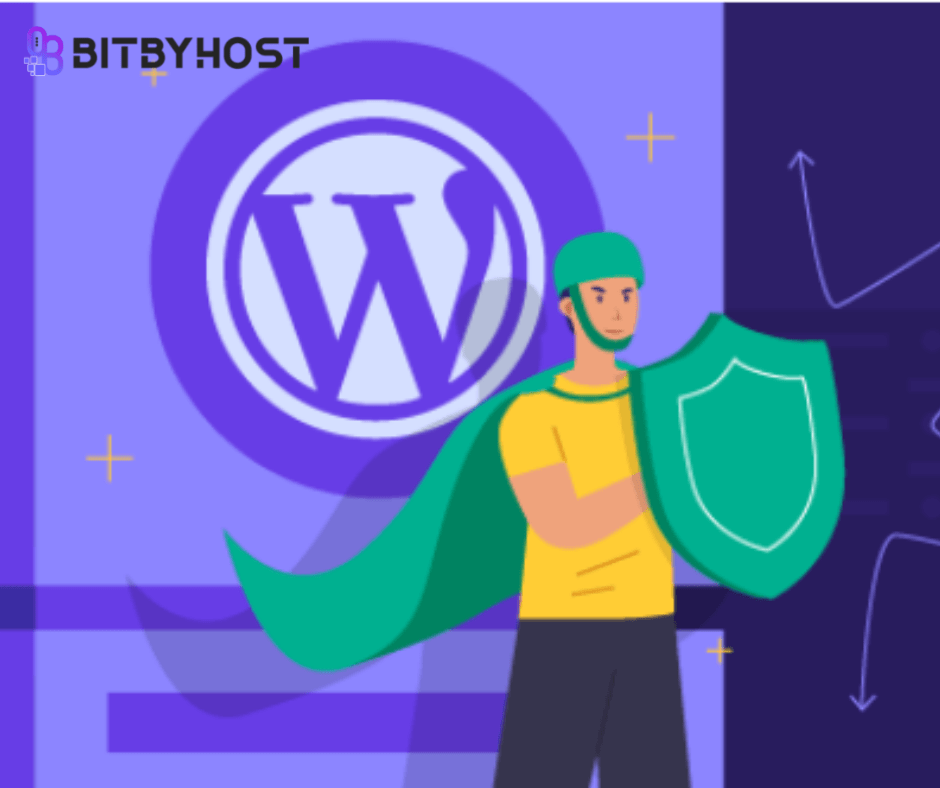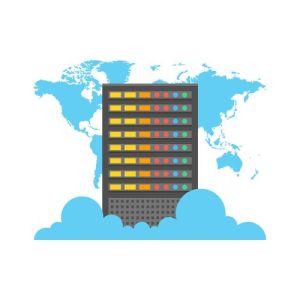If you’re serious about your website, then you need to pay attention to the WordPress security best practices – which is exactly what this blog article will teach you. Learn how to protect yourself from hackers and malicious software by following these few guidelines.
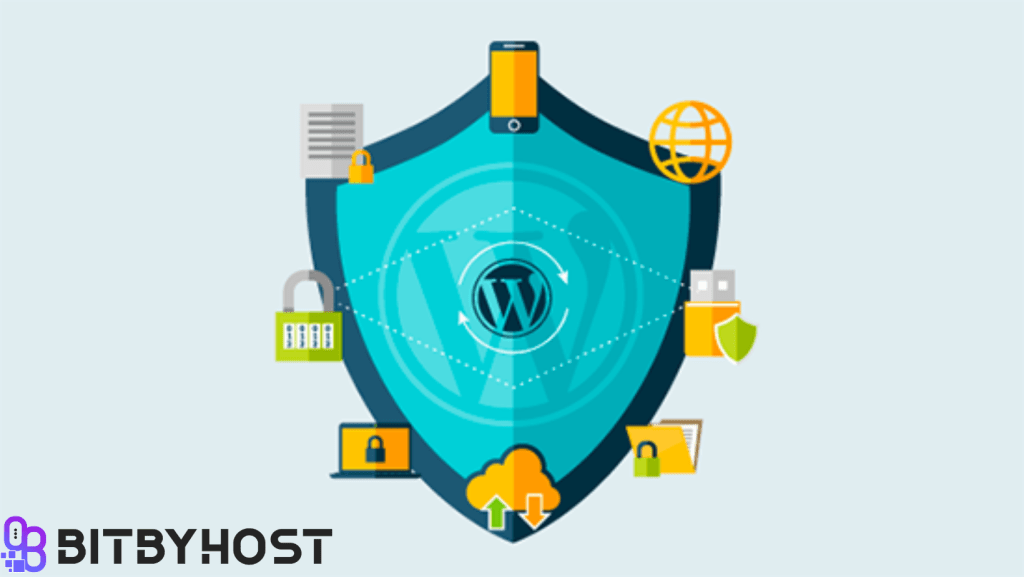
The Importance of WordPress Security
WordPress is a popular content management system (CMS) used by millions of website owners. However, as with any software, there is always the risk of hackers exploiting vulnerabilities in WordPress to gain access to your site and data.
Here are three tips for securing your WordPress site:
- Use a secure password: Unless you have a very good reason not to, always use a strong password. Don’t use easily guessed words or easily accessible information like your birthdate or the name of your pet.
- Enable two-factor authentication: One of the most effective ways to protect your site is to enable two-factor authentication. This means that you need to provide both a password and another piece of information – as a code sent to your phone – to log in to your site.
- Install security patches: As security issues are discovered and patched, it’s important that you install these updates as soon as possible. Failure to do so can leave your site vulnerable to attack.
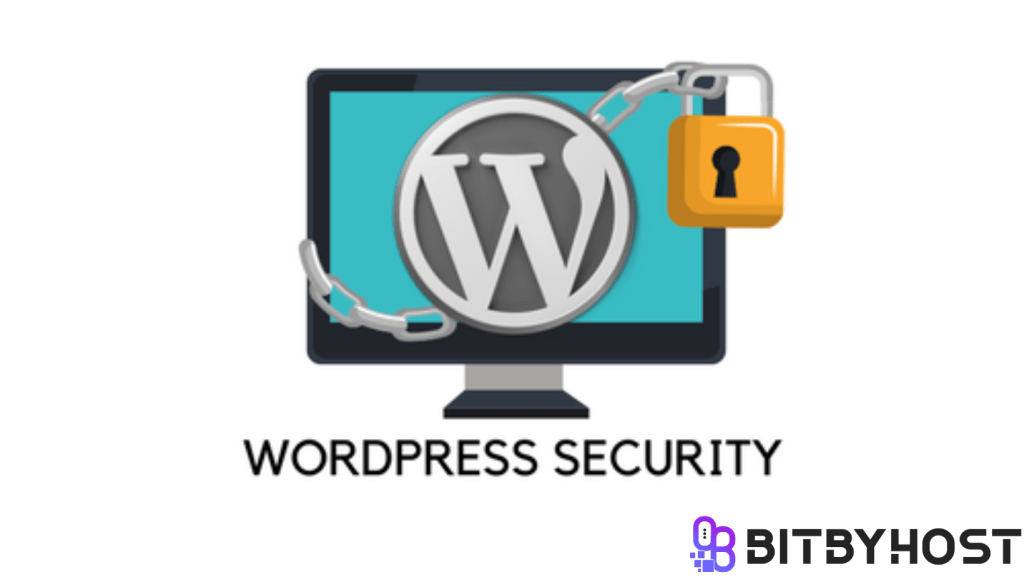
What is Security
WordPress? WordPress is a free and open-source content management system (CMS) written in PHP and MySQL. WordPress is used by millions of people worldwide to create websites, blogs, and applications. WordPress security is important, especially for new users and advanced users. WordPress has been the target of numerous attacks, so it is important to be aware of the various security risks and take steps to protect your website.
This guide will discuss what WordPress is, the different types of attacks against it, how to protect yourself from them, and some best practices for mitigating those risks.
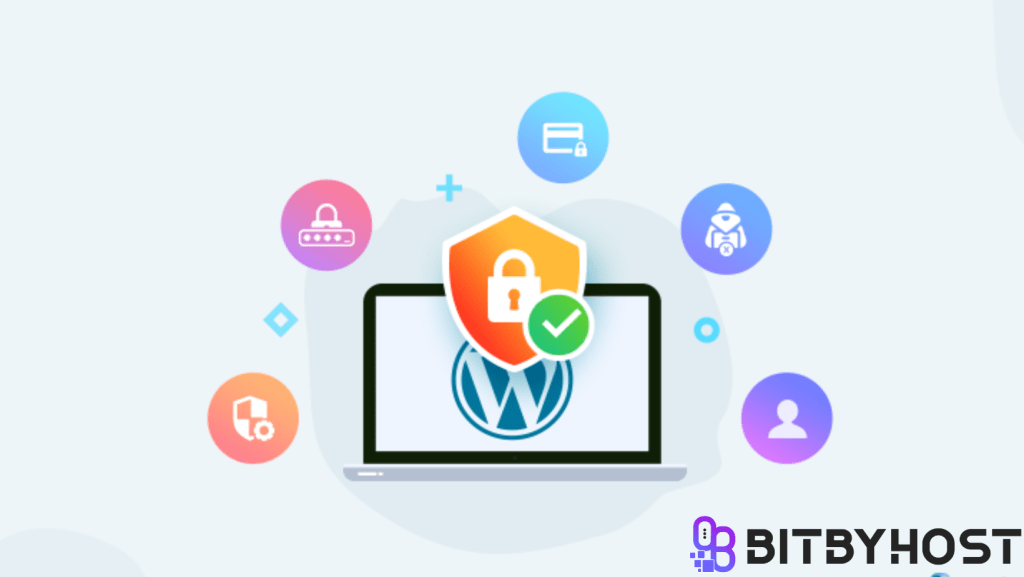
Are You a Newbie or an Advanced User?
If you’re new to WordPress security, then this guide is for you! If you’re an advanced user, then be sure to check out the ‘Advanced WordPress Security’ section below. In either case, let’s get started!
WordPress Security Basics for Newbies:
- Keep your wp-config.php file secure. The wp-config.php file contains your blog’s settings, including your WordPress username and password. Make sure to keep this file safe – don’t share it with anyone, and don’t leave it open in a public browser on your computer.
- Use a strong password. Make sure your password is at least 8 characters long and includes at least one number and one letter. Don’t use easily guessed words like ‘password’ or ‘123456’.
- Don’t use easy-to-guess URL addresses for your blog’s admin area. Make sure all URLs used for your blog (including the admin area) are spelled correctly, have no spaces between the letters, and end in a .com or .net domain name (for example, www.yourblogname.com).
- Protect yourself against hacker
When it comes to WordPress security, there are two types of users: newbies and advanced users. Newbies are just getting started with WordPress and may not be familiar with all the ins and outs of website security. Advanced users, on the other hand, have a bit more experience and may be looking for ways to beef up their site’s security.
No matter which category you fall into, this guide will help you understand the basics of WordPress security and give you some tips on how to keep your site safe.
First, let’s start with the basics. WordPress is a content management system (CMS) that enables you to create a website or blog from scratch or to improve an existing website. WordPress is free and open-source software released under the GPL.
WordPress is used by millions of people around the world, including many large organizations, such as The Guardian, Forbes, and The New York Times. While WordPress is a very secure platform, it is also popular with hackers because it is so widely used. That’s why it’s important to take some basic steps to secure your WordPress site.
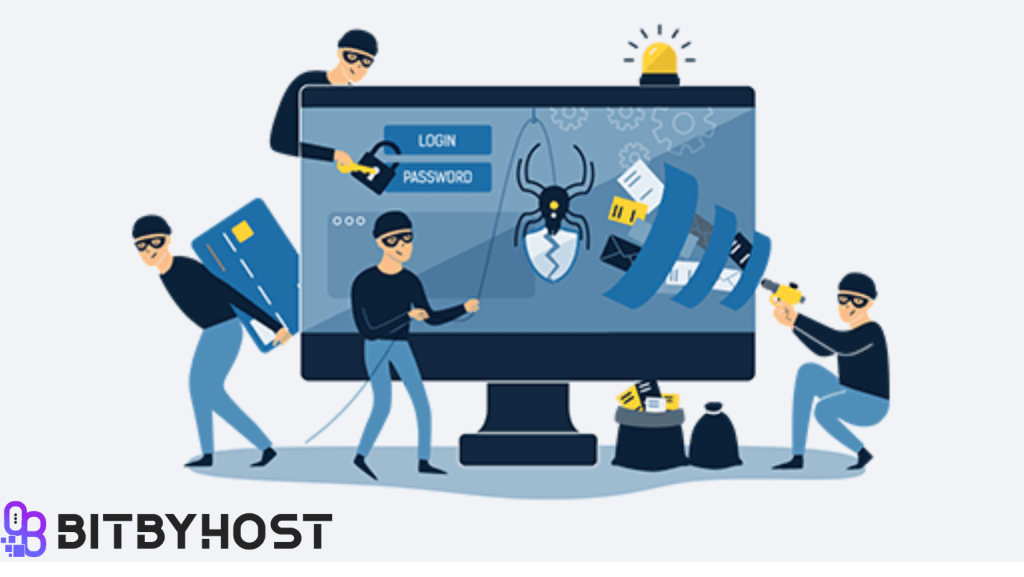
Types of WordPress hacks
WordPress security is a complex topic, and the types of WordPress hacks are as varied as the people who use WordPress. Today, we’re going to look at the three most common types of WordPress hacks: user input flaws, SQL injection vulnerabilities, and directory traversal vulnerabilities.
User Input Flaws
The first type of WordPress hack is user input flaws. These are problems with how users input data into WordPress websites. For example, hackers might be able to inject malicious code into a blog post or page to steal login credentials or insert malware.
SQL Injection Vulnerabilities
SQL injection vulnerabilities are another type of WordPress hack that exploited weaknesses in how databases are accessed in WordPress websites. These vulnerabilities allow attackers to inject malicious code into queries sent by WordPress to the database, allowing them to access files or hijack sessions.
Directory Traversal Vulnerabilities
Directory traversal vulnerabilities occur when an attacker can access files on a website by navigating through directories (other files on the same server as the website). This can be done by using path traversing techniques in URLs (unfortunately, this is also possible with file URLs), injecting dynamic parameters into requests (when uploading files), or
There are many types of WordPress hacks, but some of the most common include:
- brute force attacks
- SQL injection
- cross-site scripting (XSS)
- file inclusion vulnerabilities
- buffer overflows
- denial-of-service (DoS) attacks
- phishing
- malware
While some of these WordPress hacks may sound technical, they can be easily exploited by hackers if your website is not properly secured. That’s why it’s important for both newbies and advanced users to understand how to protect their WordPress sites from being hacked.
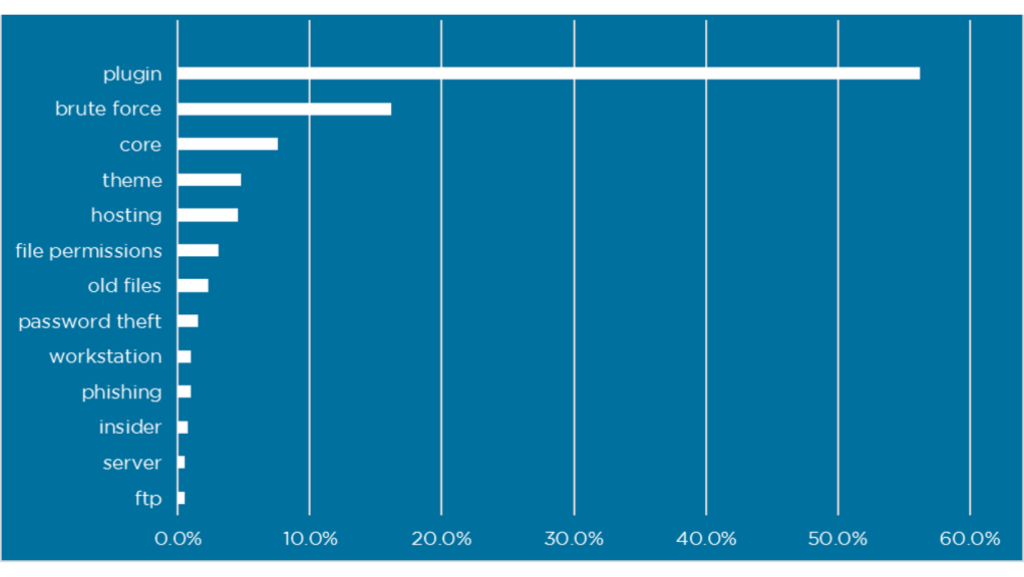
How Do You Secure Your Website?
WordPress is a great platform for creating a website, but like any other software, it comes with its share of security risks. This guide will help you to secure your WordPress site in three easy steps. Whether you’re a beginner or an advanced WordPress user, following these guidelines will help keep your site safe and protect your data.
- Use a Secure Login Panel
One of the most important steps you can take to safeguard your WordPress site is to use a secure login panel. This way, only authorized users can access your site, and they will be prompted for a login before being allowed access to any areas of the website. You can find popular login panels like WPForms and Gravity Forms on the WordPress plugins directory.
- Install Security Plugins
Another way to protect your WordPress site is by installing security plugins. These plugins will help to monitor traffic and detect suspicious activity on your site, helping to protect you against attacks and intrusions. Security plugins are available from both official WordPress repositories and third-party plugin stores like WPShout.com.
- Keep Your Site Up-To-Date
Finally, make sure that you keep your
As a website owner, it’s your responsibility to make sure your site is secure. There are many ways to do this, but some basic steps include:
- Keeping WordPress and all plugins and themes up to date
- Using strong passwords
- Securing file permissions
- Creating backups
For more detailed instructions on how to secure your WordPress site, check out our ultimate guide to WordPress security.
How to Improve Site Security
If you’re like most WordPress users, your first thought when it comes to site security is probably: ‘I don’t have to worry about that, WordPress takes care of it!’ But the truth is, even if your site is hosted by WordPress.com, there are a number of easy steps you can take to improve your site’s security. In this guide, we’ll outline some of the most important things you can do to keep your site safe both for yourself and for your visitors.
First and foremost, always use a secure password. Never reuse passwords across different sites or services, and make sure that your password is at least 8 characters long and contains at least one number and one letter. You can also use a strong encryption method like 2-factor authentication (2FA) to further protect your account.
Secondly, make sure that all the plugins and themes you use are up-to-date. WordPress has an extensive plugin repository with millions of available options; making sure that all of them are properly installed and verified is essential for keeping your site safe. It’s also a good idea to regularly check for plugin updates in case any new vulnerabilities are discovered.
Finally, be sure to install the latest security patches
No matter how big or small your website is, security should always be a top priority. WordPress is a popular content management system (CMS) that powers millions of websites and blogs around the world. Unfortunately, WordPress sites are often targeted by hackers and malware due to their popularity and the fact that they are relatively easy to attack.
There are a number of things you can do to improve the security of your WordPress site, both as a newbie and as an experienced user. In this blog post, we’ll go over some of the most important WordPress security tips to help keep your site safe from harm.
One of the best ways to secure your WordPress site is to keep everything up-to-date. This includes updating WordPress itself, as well as all plugins and themes you have installed. Hackers often exploit known vulnerabilities in older versions of software, so it’s important to make sure you’re running the latest versions available.
You should also consider using a security plugin like Wordfence to help harden your site against attacks. Wordfence offers features like two-factor authentication and malware scanning, both of which can go a long way toward keeping your site safe.
Conclusion
WordPress is one of the most popular content management systems in the world and for good reason. It’s easy to use, it’s versatile, and has a wealth of plugins available that make your site even more powerful. However, like any other website or software program, WordPress can be subject to attacks by malicious individuals.
If you are new to WordPress or if you have been using it for a while but haven’t taken the time to protect your site, this guide will help you get started. And if you are an experienced WordPress user who wants to take your security measures further, read on for some tips on how to do that.




